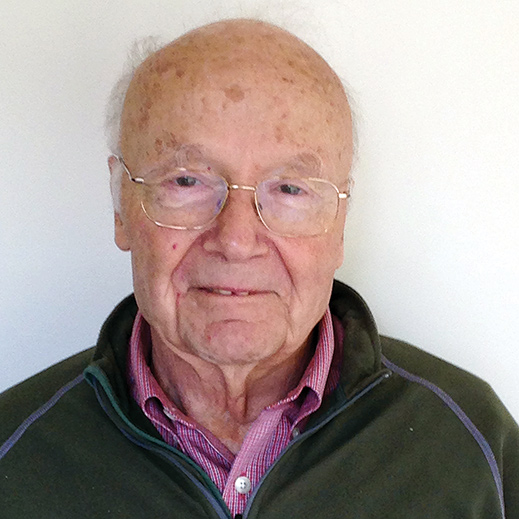How do the oil companies find the good stuff underground? Ask Sven Treitel. As a graduate student in geophysics in the 1950s, he joined the MIT Geophysical Analysis Group (GAG), and his research turned into a lifetime pursuit. Treitel is now credited with being among the first to establish the modern digital method of subsurface mapping used worldwide.

Before subsurface mapping went digital, researchers pored over photographs measuring tiny ground responses to timed dynamite explosions and then hand-tabulated the results. MIT scientists, using mathematics professor Norbert Wiener’s ideas, theorized that a computer could process the seismograms more accurately than grad students with magnifying glasses. Late at night, Treitel and his fellow GAG researchers used the Institute’s Whirlwind computer, which the Air Force commandeered during the day. They programmed in octal code and, Treitel recalls, “drank lots of coffee.”
The group made progress filtering the signal—oil-bearing rock—from the noise, but the oil-company sponsors were not patient. “We were shut down in ’57 because our sponsors felt we were going nowhere,” he says. So Treitel, who was born in Germany and grew up in Argentina, went to work for Chevron in Cuba. He was at the office when Castro’s army seized the company’s files. “When they found out I spoke Spanish, I was offered a position in the Cuban government,” Treitel recalls. Instead, he and his wife, Renata, resettled in the United States. “I did not spend nine years getting an education at MIT to end up on the wrong end of a rifle,” he says.
Don’t settle for half the story.
Get paywall-free access to technology news for the here and now.